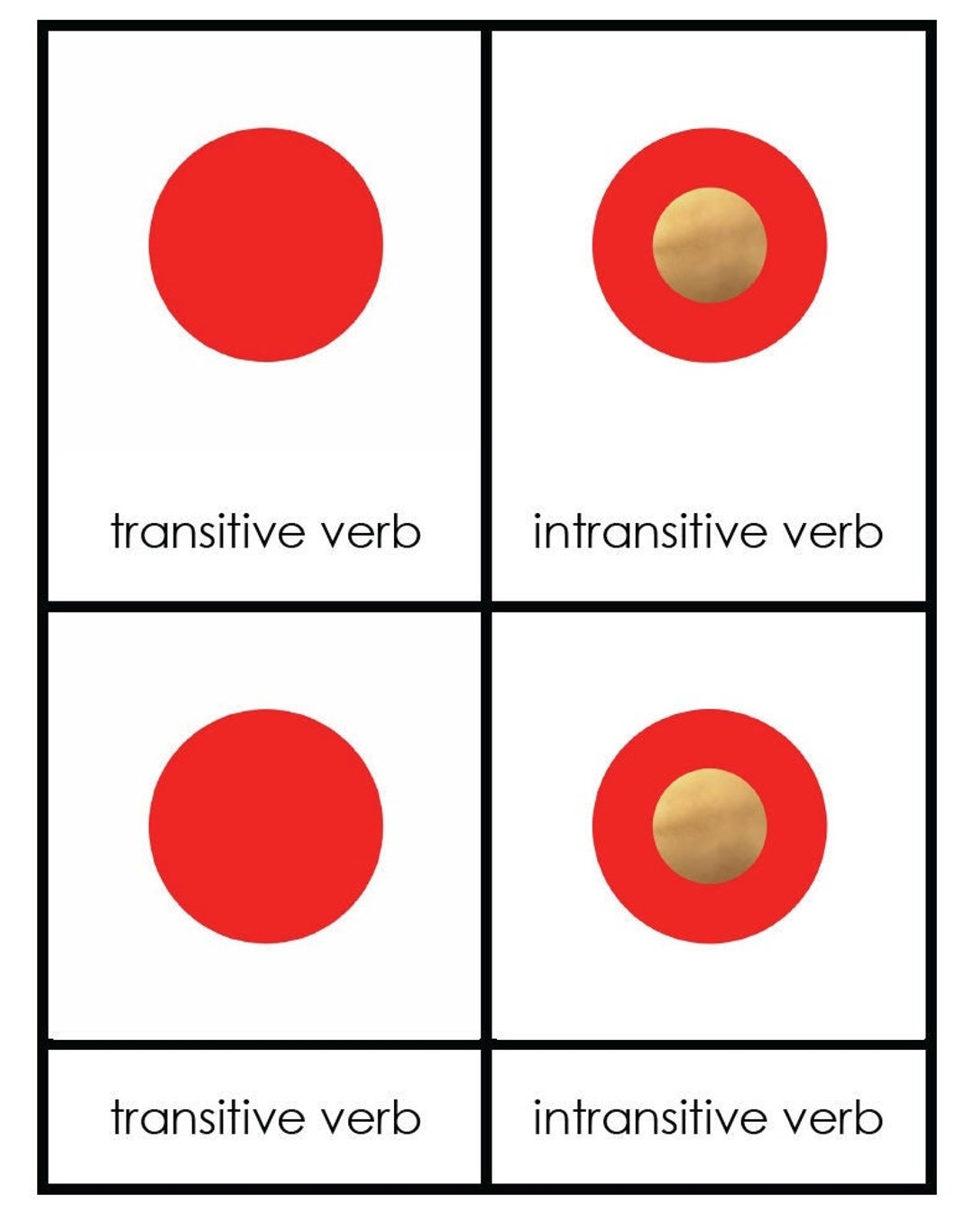Verbs are an essential part of language, as they convey actions and states of being. Understanding the difference between transitive and intransitive verbs is crucial for effective communication. Transitive verbs require a direct object to complete their meaning, while intransitive verbs do not. Let’s explore the significance of these two types of verbs in language.
Transitive verbs are verbs that require a direct object to complete their meaning. This means that the action of the verb is done to someone or something. For example, in the sentence “She ate the apple,” the transitive verb “ate” requires the direct object “the apple” to make sense. Understanding transitive verbs helps us identify the action and the receiver of the action in a sentence.
Transitive and Intransitive Verbs Wordwall
In contrast, intransitive verbs do not require a direct object to complete their meaning. They express an action that does not transfer to an object. For example, in the sentence “He sleeps,” the intransitive verb “sleeps” does not require a direct object. Understanding intransitive verbs helps us recognize actions that do not involve a recipient or receiver.
It is essential to distinguish between transitive and intransitive verbs to ensure clear and effective communication. Misusing these verbs can lead to confusion and misunderstandings in writing and speaking. By understanding the role of direct objects in transitive verbs and the lack of direct objects in intransitive verbs, we can convey our thoughts accurately.
Practicing with transitive and intransitive verbs through wordwalls can help reinforce the concepts and improve language skills. Creating wordwalls with examples of transitive and intransitive verbs can make learning interactive and engaging. By visually displaying these verbs and their usage, learners can better grasp the differences and apply them in their communication.
In conclusion, understanding transitive and intransitive verbs is crucial for effective communication in language. By recognizing the role of direct objects in transitive verbs and the absence of direct objects in intransitive verbs, we can convey our thoughts clearly and accurately. Utilizing wordwalls as a learning tool can enhance language skills and deepen comprehension of these essential components of grammar.
